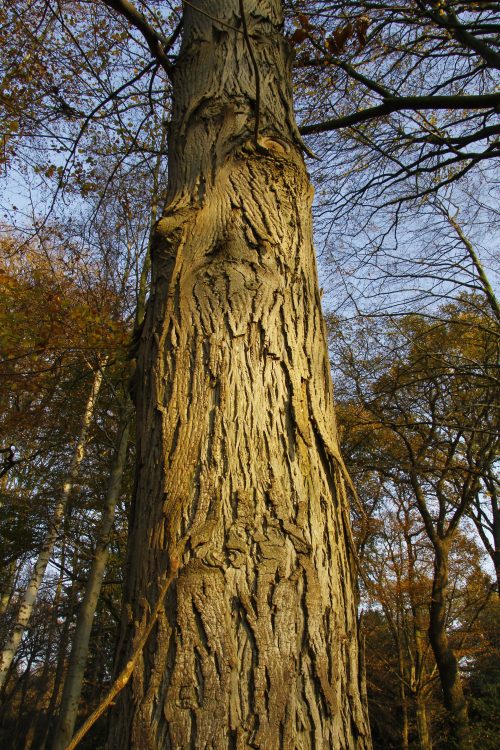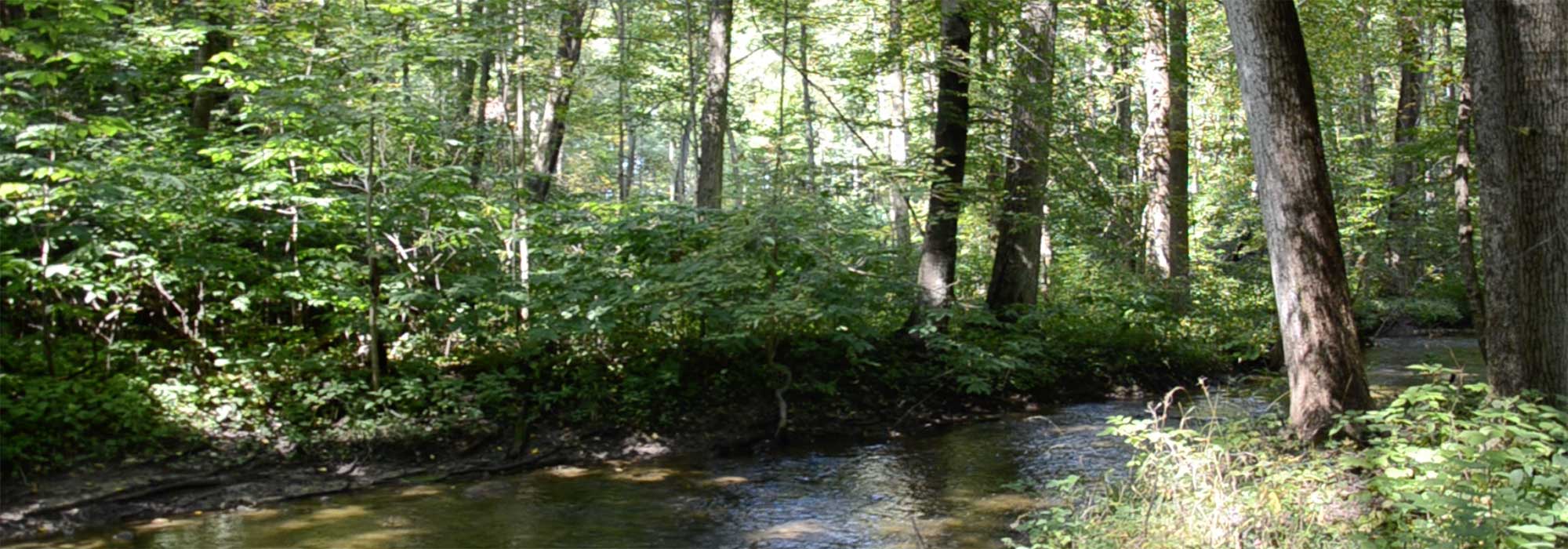Quality, Service, & Forest Stewardship for Over 100 years!
Pike News
Hickory

Shagbark Hickory is one of the easiest trees to identity at all times of the year. It is well known for its shreddy bark which peels off the trunk in long strips. However, many people do not realize that Shagbark Hickory is just one member of an entire family of hickories native to the Midwest which includes Pignut, Red, Mockernut, Shellbark and Bitternut Hickory as well as Pecan. Hardy and slow growing, hickories are rarely ever the dominant species in a woods, but there is a good chance your woods contains at least one hickory.
All hickories are nut bearers and are an important food source for squirrels, deer and other animals. Their nuts can also be consumed by humans, though some species are better tasting than others. If you are collecting hickory nuts to eat or plant, be on the lookout for small holes bored the shells by weevils. Nuts with these holes will contain grubs which ruin it for food and prevent the nut from germinating.
The lumber produced from Hickory trees is not separated by species and therefore can vary widely in color from light to dark brown even taking on a reddish tint. Hickory lumber is hard, dense and durable. It has a wide variety of uses, including smoke flavoring for your favorite bar-b-que to tool handles. In recent years, Hickory has gained in popularity adding a “rustic” look to flooring and cabinets. Interested in identifying the Hickory species in your forest? Schedule a free forestland inspection & learn more about Hickory.

